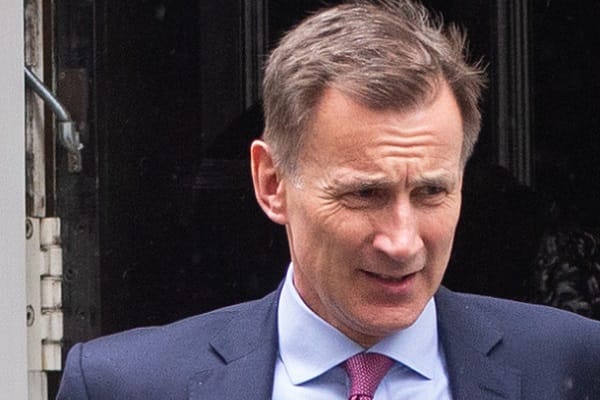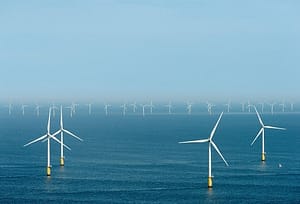TEAM Energy’s Head of Consultancy, Timothy Holman, reflects on the Chancellor’s Spring Budget including further investment in sustainable energy production and the acceleration of carbon capture technologies.
There were a number of big-ticket announcements in Chancellor, Jeremy Hunt’s budget all centred around the Government’s economic growth plan focusing on four E’s; enterprise, education, employment and everywhere.
Disappointingly the Chancellor missed the opportunity to build on some of the announcements from recent months by including measures that address energy efficiency. Yes, I recognise that makes two missing Es.
Indeed the only nod to efficiency was in the Chancellor’s commitment to extend the Climate Change Agreement scheme for a further two years, which incentivises businesses to reduce their Scopes 1 and 2 emissions with a discount on their Climate Change Levy (CCL); although this extension was originally announced 2 years ago.
Many businesses will be pleased to have heard that the existing tax Super-deduction scheme, due to end this March, will be replaced with a new policy of full capital expenses. This should help make net zero capex investments much more viable for many.
There was also welcome confirmation that the domestic energy price guarantee will continue to be capped for the next 3-months ahead of an expected fall in the price of energy in July. Aside from the existing Energy Bills Discount Scheme, there was nothing new for non-domestic users though.
For the rest of his budget, Hunt chose to direct the majority of investment in new electricity generation and carbon capture.
The Chancellor is aiming to replicate the UK’s status as a ‘world leader in the production of offshore wind’ with nuclear power by announcing a new innovation fund through Great British Nuclear (GBN) for Small Modular Reactors (SMRs). The ambition is to provide a quarter of electricity from nuclear supply by 2050. In order to attract private investment, like wind and solar, nuclear will now be considered ‘environmentally sustainable’, opening the sector up to the same benefits as other clean energies.
This investment will be accompanied by £20bn of funding for carbon capture technology; though at the moment there is a bit of a question mark over how the funds will be distributed. The Government hopes that CCUS schemes will capture 20-30 million tonnes of CO every year by 2030.
To me this seems like a high-risk strategy, to gamble 2050 on technology that has not yet been proven. While there is the momentum, it makes sense to focus on the reduction of and reliance on fossil fuels by businesses, incentivising and accelerating energy efficiency measures. Once again it looks like the Government is missing the point of net zero.
Hidden away within the Budget Red Book, there is a plan to update the existing Control for Low Carbon Levies (CLCL) with a new framework that ‘reflects the Government’s energy security priorities’, though seemingly not its net zero priorities.
The CLCL includes a raft of policies that are added as levies to our energy bills which fund renewable generation projects. This is a policy that has been subject to much lobbying since its introduction in 2017, so we will wait until details are published later this year to know whether the new framework will still subsidise future renewables projects.






Leave a Comment